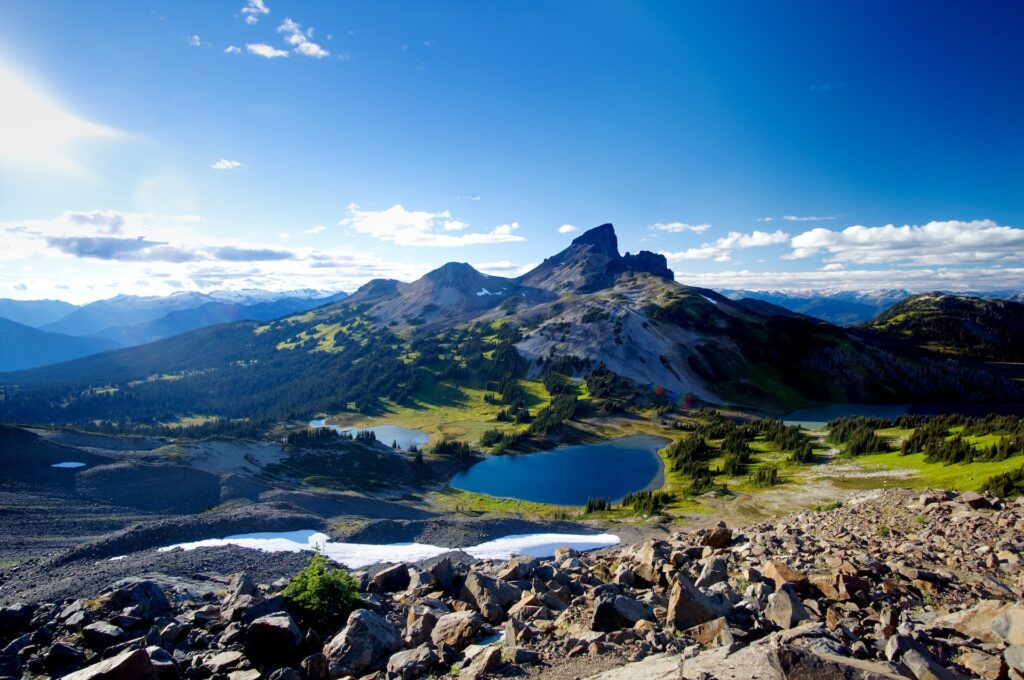The Squamish Nation, a group of Indigenous peoples from the Pacific Northwest Coast, has recently announced plans to develop 350 acres of reserve clusters, including half of the North Shore of Vancouver.
The First Nation aims to generate wealth from its lands, as the region has done for the past 150 years. As a real estate developer, it’s essential to understand the potential impacts of this development and how it may shape the future of the industry in the region.
This article delves into the Squamish Nation’s plans, their experience with the Senakw project, and the potential of First Nations-led development.
Investigating Development Potential
The Squamish Nation intends to investigate the development potential of its reserves through a year-long planning process. This process will examine the possibilities of the Capilano Reserve, a strip of land along Marine Drive, and a cluster of 13 reserve sites surrounding the northern end of the Ironworkers Memorial Bridge.
Additionally, the First Nation will investigate the potential of the 55-acre reserve on the Howe Sound waterfront in central Squamish and the 28-acre site on the waterfront location in Gibsons on the Sunshine Coast.
Temporary Moratorium in Place
To facilitate the planning process, the First Nation has implemented a temporary moratorium on unsolicited proposals for partnerships. This signals to potential partners that the community is not currently accepting unsolicited proposals for partnerships from various real estate developers.
The planning process will determine the scale and types of development that can be accommodated at each site and the order of the projects. The First Nation has not yet determined the density and uses of these sites.
Valuable Experience from Senakw Project
The Senakw project, located on a 10.5-acre reserve, provides the Squamish Nation with valuable experience in pursuing its own developments. The project will create 6,000 homes for up to approximately 10,000 people across 11 towers of up to 564 ft with 59 storeys.
The first phase of construction is currently underway, and the entire multi-phase project is anticipated to be completed in the early 2030s. The Senakw project has a hundred-year lifespan and is expected to generate revenue exceeding $20 billion.
First Nation’s Control over Lands
The Squamish Nation holds a 50% stake in Senakw, with local developer Westbank holding 30% and the OP Trust, Ontario Public Service Employees Union, and the Government of Ontario pension fund holding 20%. This project will provide long-term generational wealth and economic security to the First Nation. The First Nation has control over the density and optimization of the use of its lands, providing it with an advantage over most municipal governments.
Khelsilem, the council chairperson of the Squamish Nation, noted that the lessons learned from the Senakw project demonstrate the full value of their lands, the value that they bring as a First Nations government, and the certainty they provide as a First Nations government with First Nations land.
Potential of First Nations-led Development
The Squamish Nation’s plans to explore development opportunities across its four reserve clusters signal to potential partners that they are serious about self-determination and economic independence. For years, First Nations communities across Canada have been fighting for their right to control their lands and resources.
The Squamish Nation’s decision to develop its lands is a clear indication that they are taking control of their future. The Senakw project is a testament to the potential of First Nations-led development. The project will generate billions of dollars in revenue, providing the Squamish Nation with much-needed economic security and the means to invest in their community’s future.
Conclusion
The Squamish Nation’s plans to develop 350 acres of land on the North Shore are a significant step towards economic independence and self-determination. The planning process will determine the scale and types of development that can be accommodated at each site, and potential partners should take note of the First Nation’s control over their lands. The Senakw project provides valuable experience in pursuing their developments, and the potential of First Nations-led development is evident.

